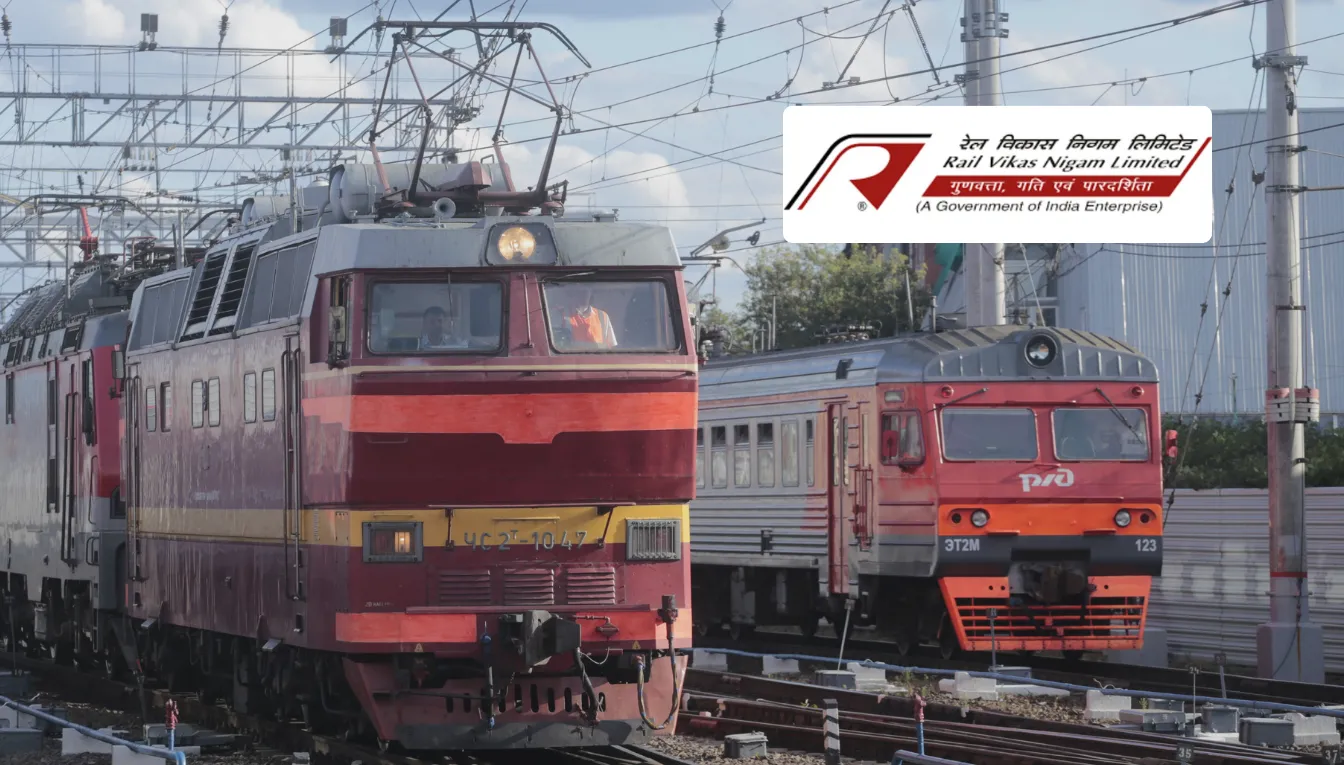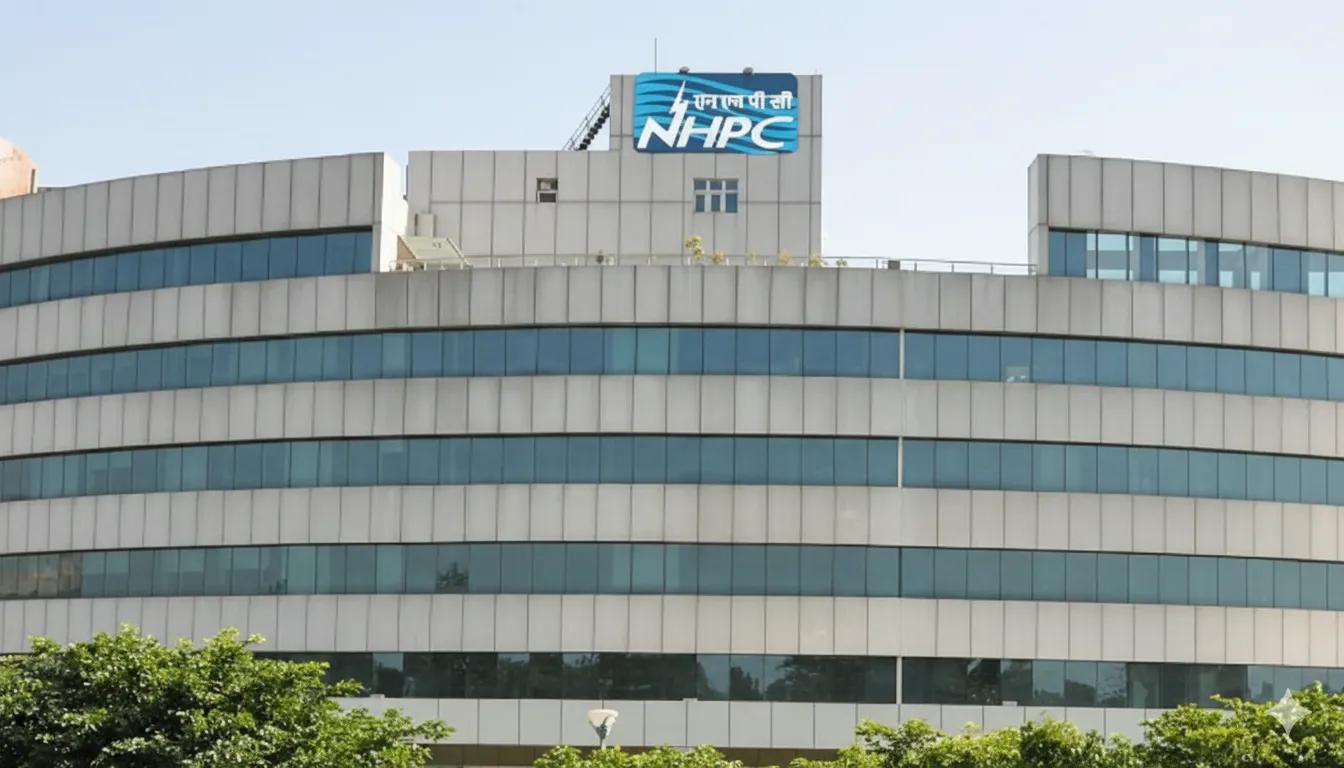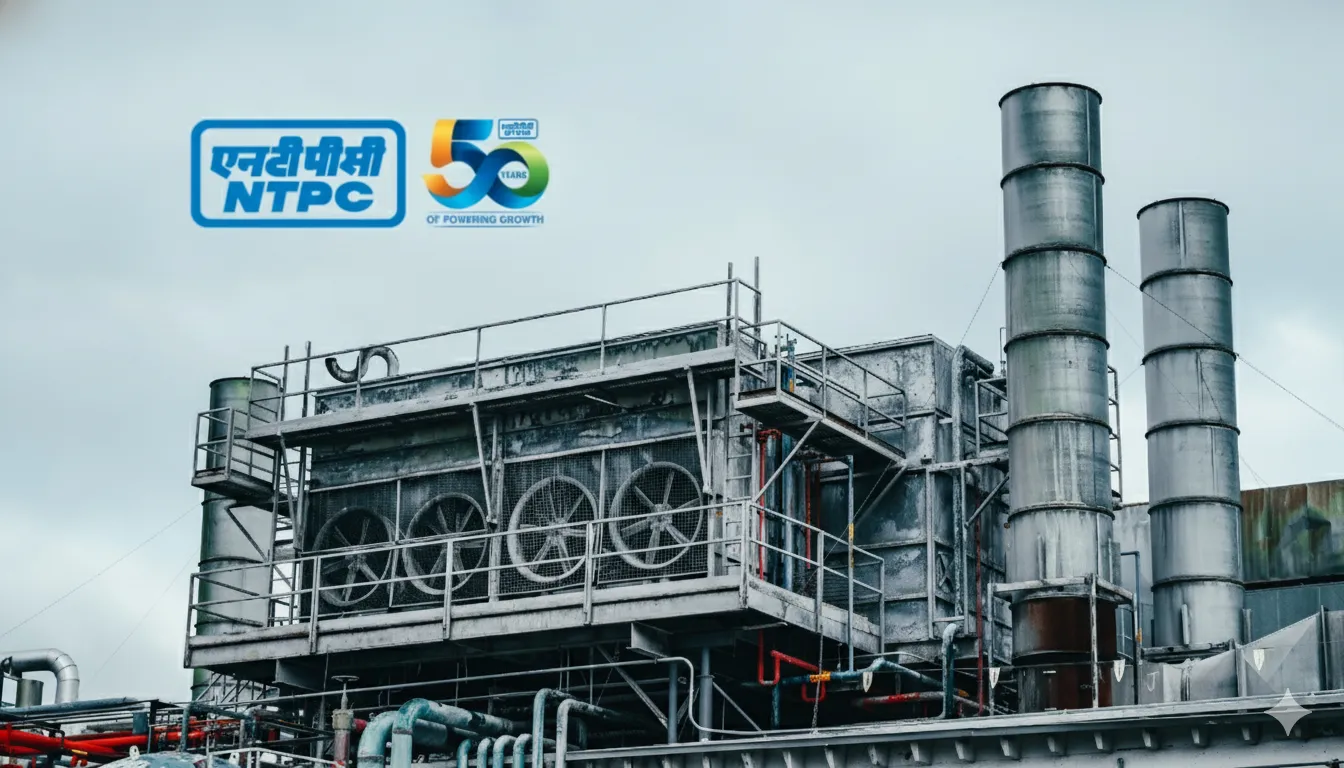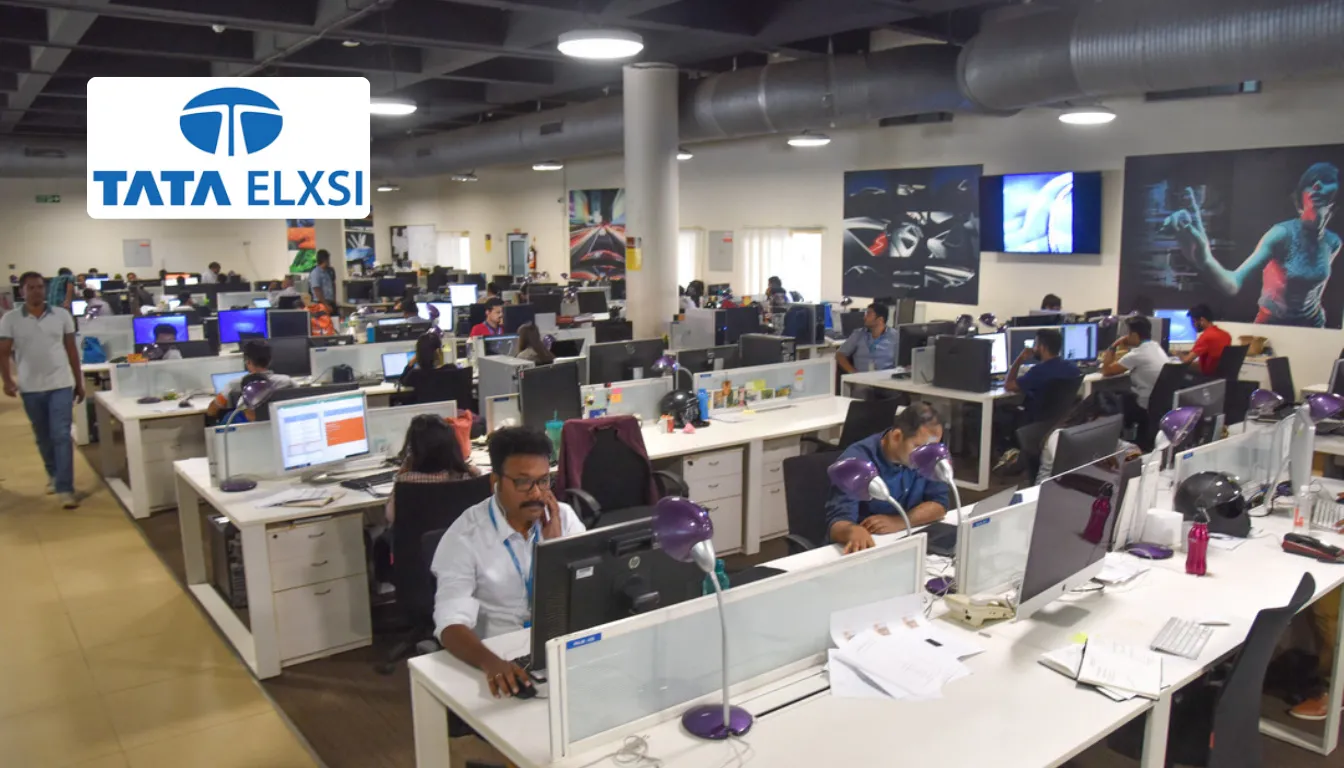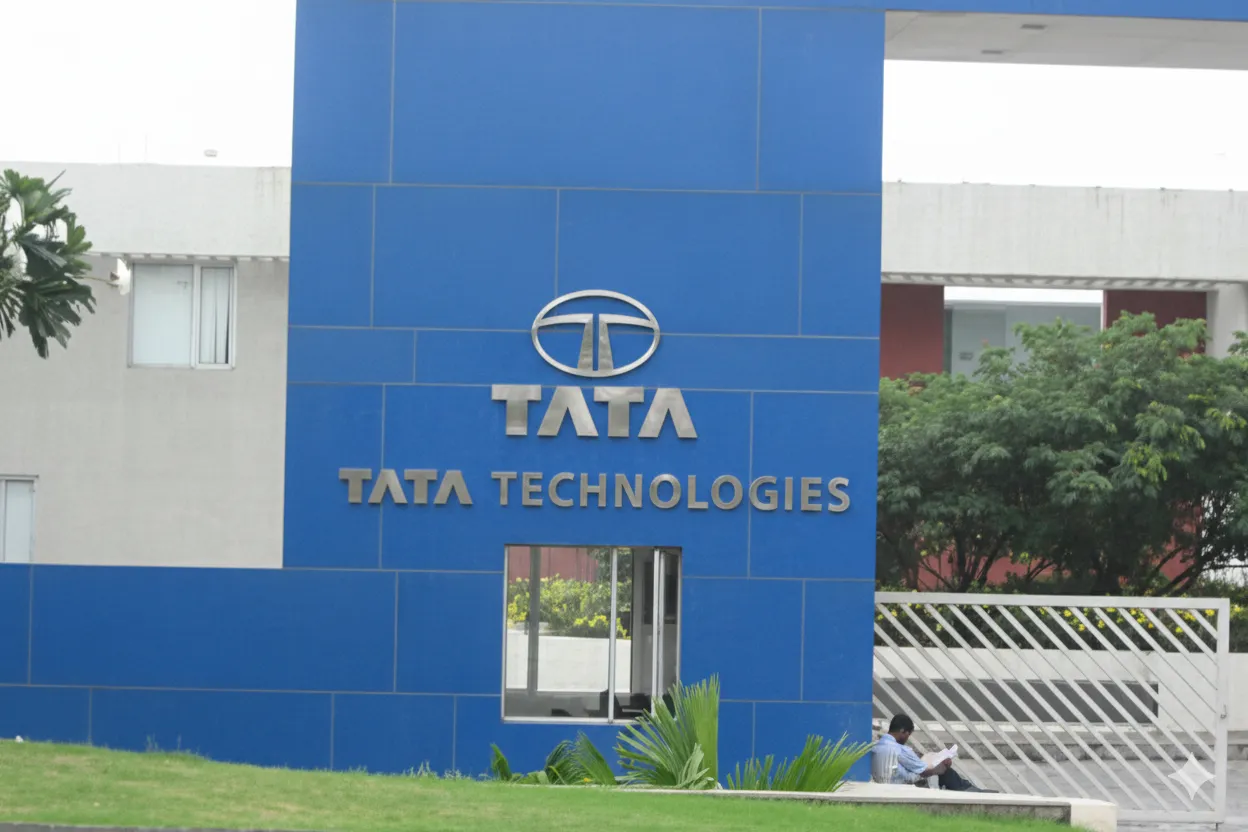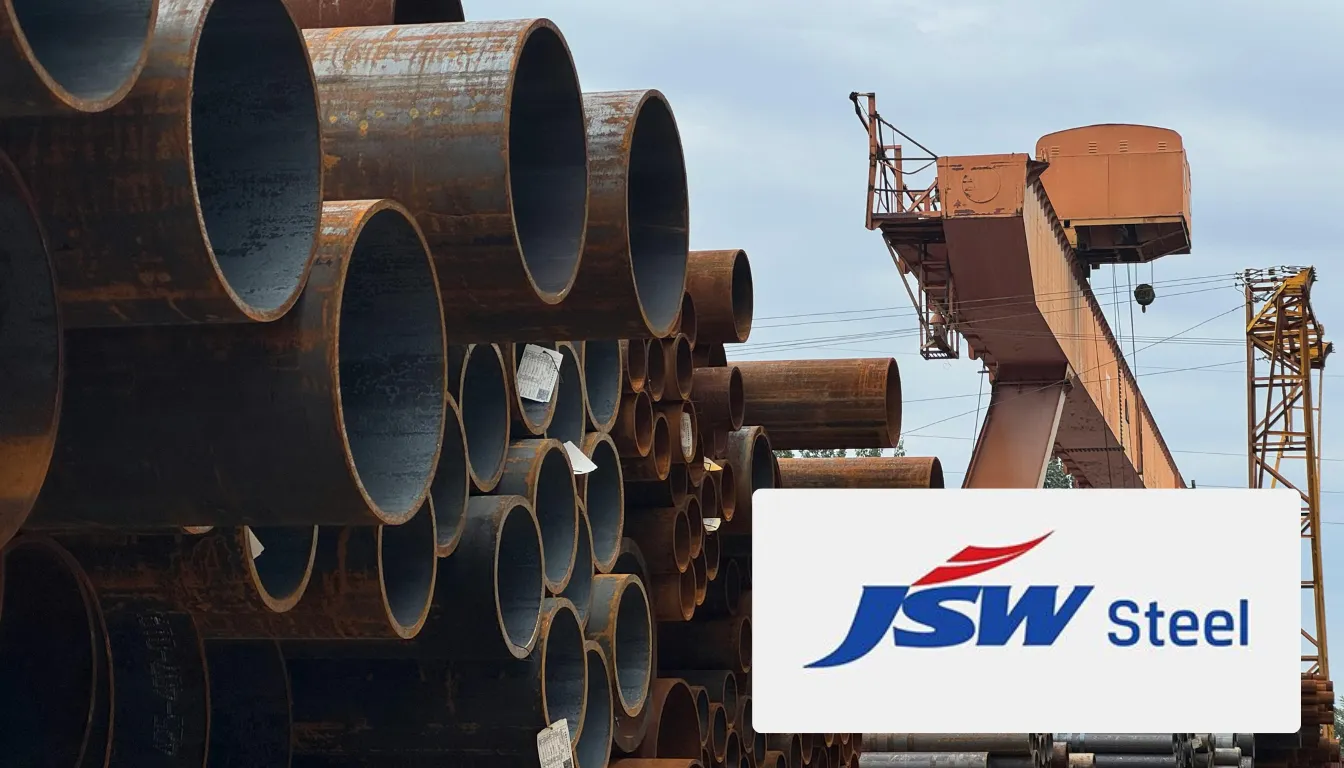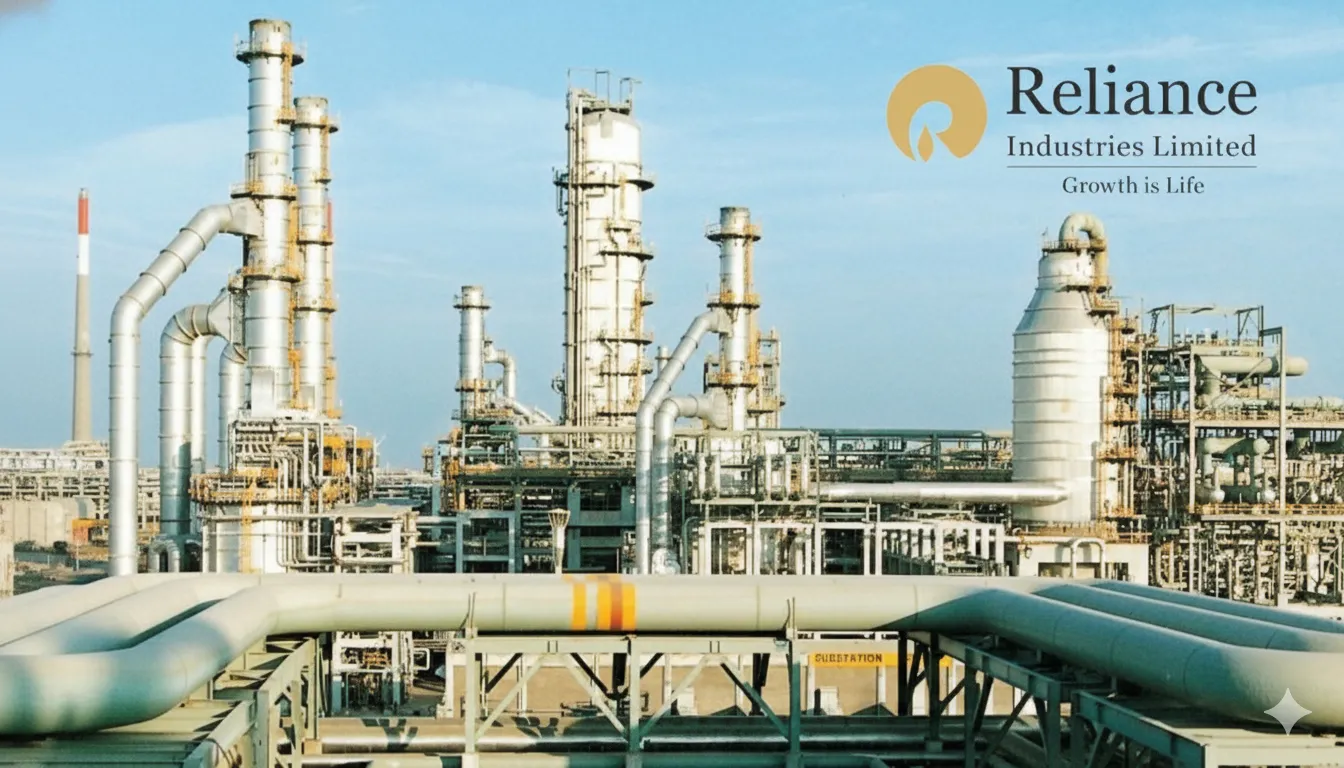Rail Vikas Nigam Limited (RVNL), a Navratna PSU under the Ministry of Railways, plays a crucial role in India’s infrastructure growth—handling projects across railway line construction, electrification, bridges, and metro systems. As of October 2025, RVNL’s stock trades around ₹359, giving the company a strong market capitalization of approximately ₹70,057 crore.
Investors have their eyes on RVNL as the Indian government continues to ramp up spending on railways and infrastructure, with a massive ₹2.5 lakh crore allocation in FY25 alone. Although the company faced temporary execution hurdles in recent quarters—mainly due to elections and monsoon-related delays—it still boasts a robust order book worth over ₹85,000 crore.
Adding to the optimism, RVNL’s gradual diversification into non-rail projects such as BharatNet and RDSS highlights its ambition to become a broader infrastructure powerhouse. These strategic moves, combined with consistent execution, could position RVNL for sustained long-term growth.
About the Company
Founded in 2003, RVNL operates as an engineering and project execution arm of Indian Railways. The company manages a range of infrastructure projects—railway line doubling, electrification, bridges, tunnels, and metro systems—across India and abroad.
With an expanding footprint in countries like Oman and Bangladesh, RVNL is positioning itself as a global infrastructure player. The company also diversifies its project portfolio beyond traditional railways, tapping into telecom and renewable projects, aligning with India’s digital and green energy goals.
Fundamental Analysis
Revenue & Profit Trends
RVNL reported FY25 revenue of ₹19,923 crore, down 9% year-on-year due to slower project execution. Net profit stood at ₹1,282 crore, reflecting a 17% decline. Despite the short-term pressure, the company’s five-year CAGR in revenue and profit remains healthy at 7% and 11%, respectively.
Valuation Metrics
- P/E Ratio: 58.2x (higher than industry average of ~13x)
- ROE: 14% (vs. 18% in FY24)
- EPS: ₹6.15 (FY25)
While the valuation appears stretched, premium pricing reflects the company’s strong government support and steady order book visibility.
Balance Sheet Strength
RVNL remains financially stable with a moderate debt-to-equity ratio of 0.68x. Borrowings declined 10% YoY to ₹5,419 crore, while total assets rose to ₹20,482 crore. The company’s net worth improved by 13%, driven by retained earnings and growing reserves.
Shareholding Pattern (as of Q2 FY26)
| Shareholder Category | Holding (%) |
|---|---|
| Promoter (Government of India) | 72.84 |
| FIIs | 3.92 |
| DIIs | 10.31 |
| Public & Others | 12.93 |
A high government stake indicates stability, while increasing institutional interest suggests growing confidence.
Past Stock Performance
Over the last three years, RVNL has delivered over 450% returns, making it one of the standout PSU performers. The stock surged from ₹65 in early 2022 to ₹359 in October 2025. However, in the past six months, RVNL has traded sideways amid valuation concerns and slower revenue growth. Analysts expect the consolidation phase to end if FY26 order execution accelerates.
RVNL Share Price Target for 2025–2050
| Year | Minimum (₹) | Average (₹) | Maximum (₹) |
|---|---|---|---|
| 2025 | 400 | 600 | 990 |
| 2026 | 680 | 820 | 1,200 |
| 2027 | 950 | 1,150 | 1,420 |
| 2028 | 1,200 | 1,480 | 1,850 |
| 2029 | 1,400 | 1,720 | 2,050 |
| 2030 | 1,520 | 2,200 | 3,000 |
| 2035 | 2,010 | 3,000 | 4,000 |
| 2040 | 2,650 | 3,800 | 5,000 |
| 2045 | 3,000 | 4,600 | 5,860 |
| 2050 | 4,800 | 7,000 | 9,554 |
RVNL Share Price Target & Prediction 2025, 2026, 2027, 2028, 2029, 2030, 2035, 2040, 2045, and 2050
RVNL Share Price Target 2025
For 2025, RVNL’s share price is expected to range between ₹400–₹990, supported by a recovery in project execution and an order pipeline worth ₹85,000 crore. If Q3 FY26 results meet revenue guidance of ₹20,000–22,000 crore, the stock could test the ₹600–₹700 zone.
RVNL Share Price Target 2026
In 2026, RVNL could trade between ₹680–₹1,200, backed by fresh contract awards and normalization post-election disruptions. The company’s diversification into non-rail sectors may start contributing meaningfully to revenue.
RVNL Share Price Target 2027
By 2027, projected range is ₹950–₹1,420, assuming steady execution and improved ROE (~15%). Metro projects and electrification drives are likely to accelerate margins.
RVNL Share Price Target 2028
For 2028, the share price could rise to ₹1,480–₹1,850, with benefits from international expansion and digital infrastructure contracts. The focus on asset-light joint ventures could improve profitability.
RVNL Share Price Target 2029
In 2029, RVNL may reach ₹1,720–₹2,050, supported by faster project delivery and a robust cash flow position. A potential re-rating could occur if margins sustain above 6.5%.
RVNL Share Price Target 2030
By 2030, RVNL’s price may lie between ₹1,520–₹3,000, reflecting India’s infrastructure boom and high-speed rail investments. Long-term investors could benefit from compounding earnings at a 15–18% CAGR.
RVNL Share Price Target 2035
For 2035, the target range expands to ₹2,010–₹4,000. This assumes successful execution of mega projects like high-speed corridors and potential entry into PPP models.
RVNL Share Price Target 2040
By 2040, the share may range between ₹2,650–₹5,000, assuming consistent growth and stable government infrastructure spending. The firm’s strong technical expertise would anchor its leadership.
RVNL Share Price Target 2045
In 2045, RVNL’s stock may reach ₹3,000–₹5,860, as the company benefits from global infrastructure contracts and steady earnings visibility.
RVNL Share Price Target 2050
By 2050, projections suggest a possible range of ₹4,800–₹9,554, assuming India becomes a global infrastructure hub with sustained capital expenditure growth. This assumes a 12–15% annualized return over 25 years.
Growth Drivers
- Massive Railway and Metro Expansion – Increased government focus on modernization and new lines.
- Diversification Beyond Railways – Expansion into telecom, power, and renewable projects.
- International Expansion – Entry into overseas contracts in Oman, Africa, and Bangladesh.
- Strong Order Book – Over ₹85,000 crore ensures multi-year revenue visibility.
- Policy Support – Infrastructure and PSU reforms boosting long-term confidence.
- Technological Advancements – Adoption of digital project monitoring and automation.
Expert Views
- Brokerages: Mixed stance; analysts cite near-term valuation concerns but strong long-term fundamentals.
- ICICI Securities (Oct 2025): “RVNL’s margins could recover in FY26 as order execution normalizes.”
- Market Consensus: “Buy on dips” for investors with 5–10 year horizon.
Risks & Challenges
- Project execution delays due to monsoons/elections.
- Rising input and financing costs.
- High valuation multiples (P/E 58x).
- Dependence on government contracts.
- Slower global expansion than expected.
Investment Suitability
RVNL suits long-term investors seeking exposure to India’s infrastructure growth. Conservative investors may prefer to wait for corrections, while aggressive investors can accumulate during dips for potential multibagger returns over the next decade.
FAQs
1. What will be RVNL’s share price in 2030?
RVNL’s share price could reach between ₹1,520 and ₹3,000 by 2030, driven by railway modernization and rising infrastructure spending.
2. Can RVNL reach ₹1,000 by 2028?
Yes, if order inflows remain robust and execution improves, the stock may surpass ₹1,000 well before 2028.
3. Is RVNL a good long-term investment?
Yes. Strong fundamentals, government backing, and diversification make it a solid long-term infrastructure play. However, short-term volatility should be expected.
Conclusion
RVNL’s long-term outlook remains optimistic, underpinned by India’s ambitious railway expansion and steady infrastructure push. While short-term earnings pressure and overvaluation may limit near-term upside, the company’s strong order book and strategic diversification support a multi-decade growth story. Investors with a 5–10 year horizon could benefit from compounding growth.
